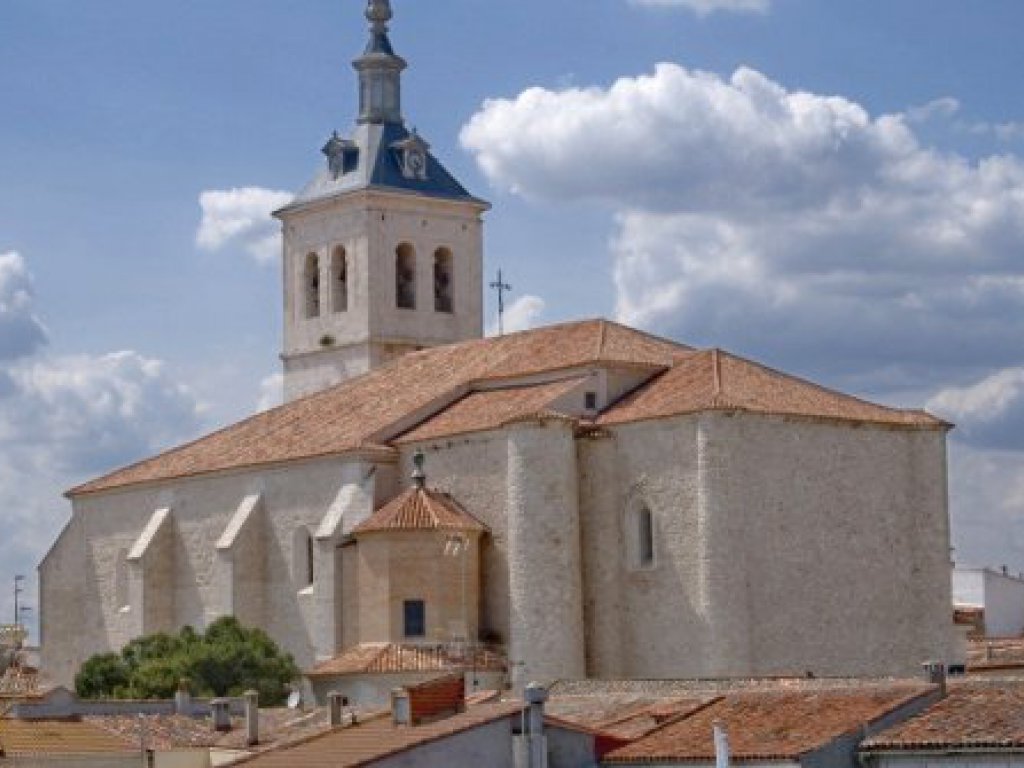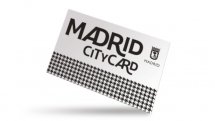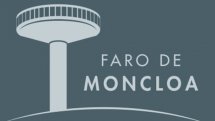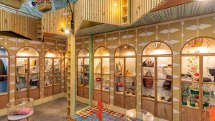Colmenar de Oreja
Colmenar de Oreja is situated in the south-eastern part of the Madrid region, in the Comarca de las Vegas, transversed by the Tajo, Tajuña and Jarama rivers. With barely 8,000 inhabitants, it is one of the historically most preserved towns.
Its beautiful Plaza Mayor is the most famous monument and is the perfect example of the Castillian porticoed squares of the 1700s and 1800s. It also maintains plenty of activity as a meeting point thanks to numerous bars, restaurants and terraces.
Another place you should visit when in Colmenar de Oreja is the Ulpiano Checa Museum. This acclaimed impressionist painter and poster artist was born here and often went back to his home town even though he spent most of his career in various salons and exhibitions in Paris. Today his home town houses the biggest collection of his works.

Another important monument is the Santa María la Mayor Church. It was built by the Order of Santiago in the mid 13th century and extended in the second half of the 16th century. The Hermitage of the Santísimo Cristo del Humilladero which has a 16th century chapel is considered to be the city’s third most important monument.
Colmenar de Oreja boasts two chapels that are worth visiting. San Roque chapel whose main façade has two beautiful columns made out of Colmenar stone; and the chapel of San Juan with a solid and simple construction in which the wooden beams on which the roof lies stand out. It was used as a barracks by the French in the War of Independence and still bears the scrapes in the jambs of the door that enabled the cannons to be taken inside.
Local food is deeply rooted in Castile’s traditions, including many peasant dishes that are inexpensive, accessible, hearty and delicious. Among them we can mention carne al desarreglo – veal stew with tomato, onion, garlic and parsley – and patatas chulas —fried/baked potatoes. To wash them down, the regional wines are excellent. They can be bought at Bodegas Figueroa and other wineries. For other artisan foods, head for Queso Ciriaco. And if you’re looking for a restaurant where they serve all these treats, try La Cantina de J. Mingo, whose menu includes a number of homemade dishes, as well as roast suckling lamb.
If you’re interested in natural areas, the Vereda del Cristo trail, starting at Plaza Mayor and leading to Paseo del Cristo, will take you away from the town centre, winding amidst fields with typical crops – cereals, olive groves, vineyards… From the Shrine of Jesus Christ, the path leads to the boundary with Toledo Province, across several gorges up to the bank of the river Tajo.
The Railway Tour follows the old railway that connected Colmenar de Oreja and Chinchón with Madrid along 14 kilometres. Today, it’s part of the Tajuña Green Rail.
How to get there:
- Public transportation: line 337 from Conde de Casal or the line 415A.
- By car: on the Valencia highway, the A-3, taking the M-404 exit around km mark 50 in Villarejo de Salvanés to Belmonte de Tajo and from there to M-303 to Colmenar de Oreja
Related links:
DON’T MISS
Discover Spanish wines, among the best in the world , and the emerging wines from Madrid, which are increasingly elaborated and recognised.
Savoury dishes and sweets, tapas and local wines. What and where to eat in Madrid.








